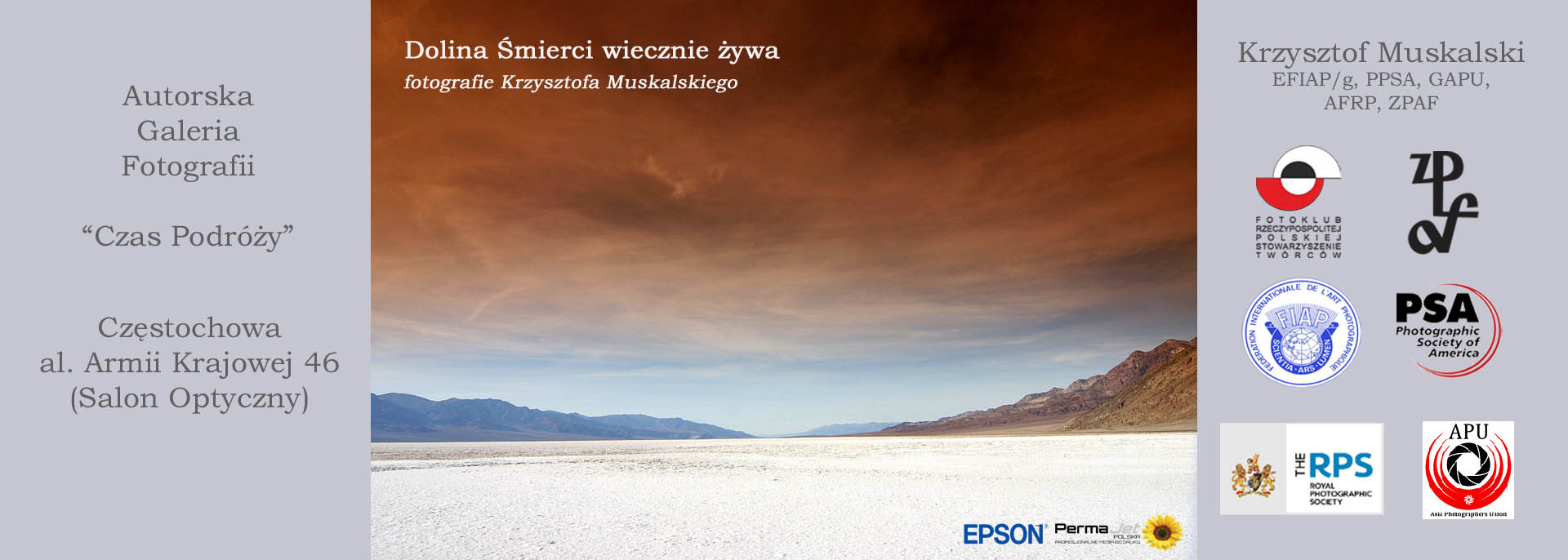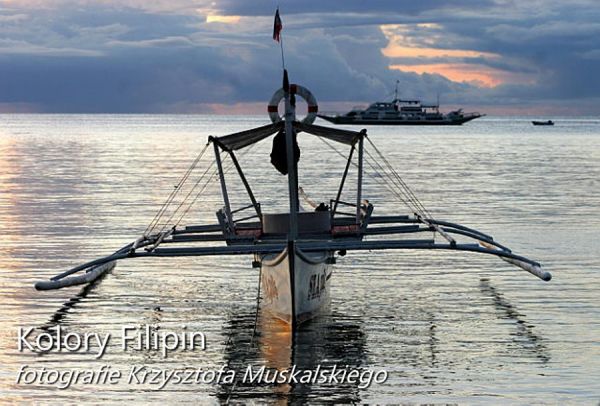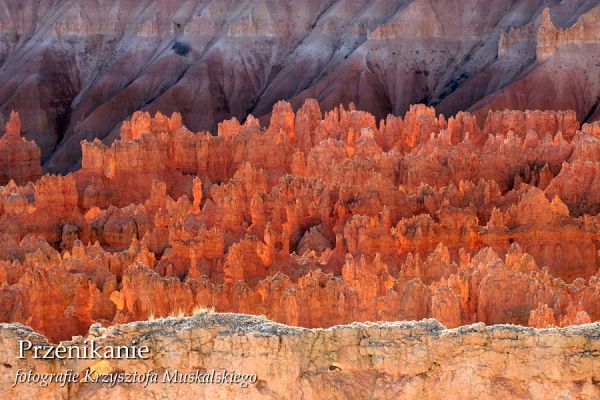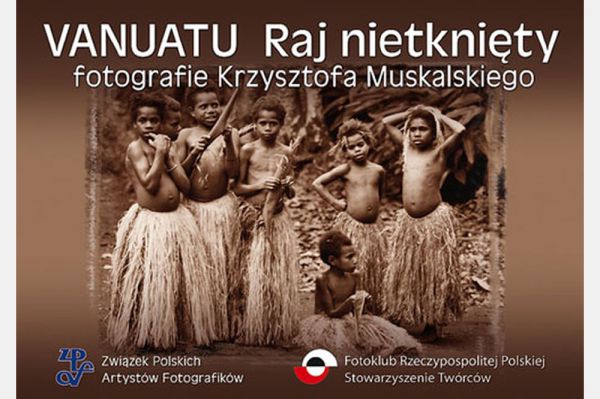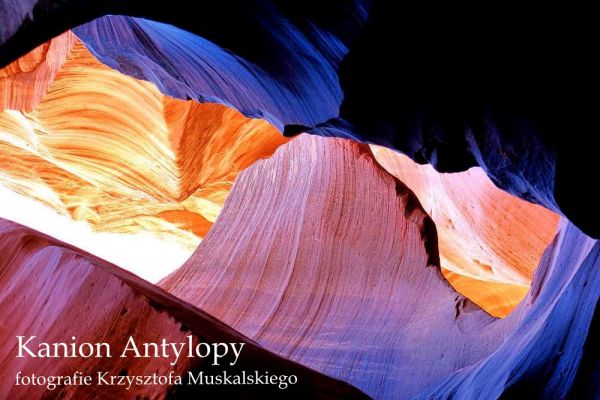September - December 2022
Death Valley forever alive
In the mid-nineteenth century, the settlers, caught up in the "gold rush", encountered an obstacle that almost took their lives. Crossing the Mojave Desert, they reached a large flat valley, 225 km long. This valley became a dramatic challenge for them. This place turned out to be one of the hottest places on Earth, with a world record for air temperature of 56.7°C(134°F) with air humidity of 1%. The settlers miraculously survived, and they named this part of the desert the Death Valley.
The Death Valley had been forming since the Pleistocene Era to approx. 10,000 years ago. The result of these geological changes is the greatest depression in North America, reaching 86 meters below sea level and surrounded by unusual rock formations. It would seem that this desert depression would be full of monotony. On the contrary, it amazes with its diversity and liveliness. From one end, mountain ranges surrounding it with amazing shapes and colors, from the other, vast stretches of a dry salt lake. Barren desert spaces on one side, blooming spring meadows on the other. What’s more, these areas are inhabited by numerous representatives of the fauna, including: prairie coyotes, pumas, lynxes, Canadian sheep and snails.
The Death Valley delights with its landscapes, constantly inspiring many tourists and photographers. One of their favorite places is Zabriskie Point, a place with a Polish thread, named after the president of Pacific Coast Borax, Christian Brevoort Zabriskie, a descendant of the Polish nobleman Albrycht Zaborowski. Among others there's Dante's View, Badwater, Artist's Drive, and Artist Palette. Despite the difficult living conditions, the Death Valley is still alive. Alive with the diversity of nature and crowds of tourists.
Krzysztof Muskalski
The photos were printed on an Epson SC P800 printer on PermaJet PhotoLuster 310 paper
Previous exhibitions:
